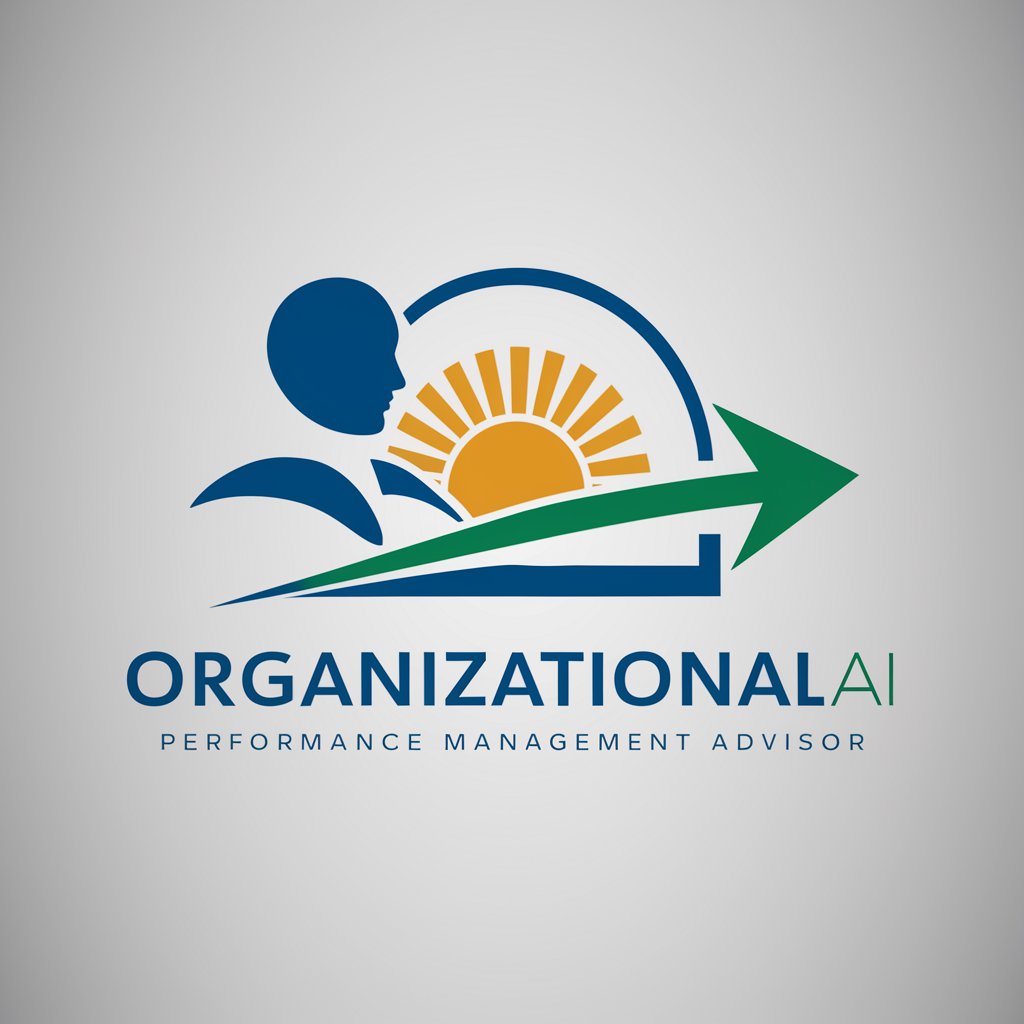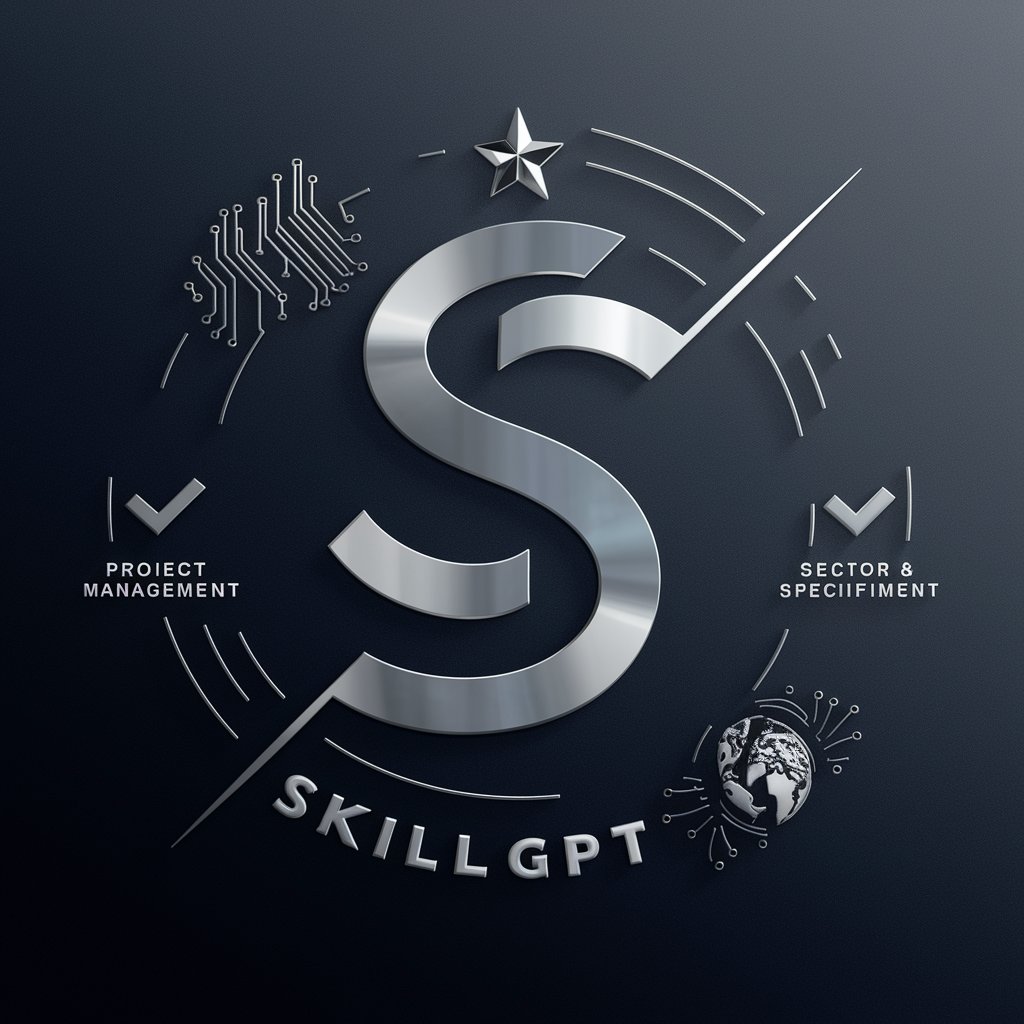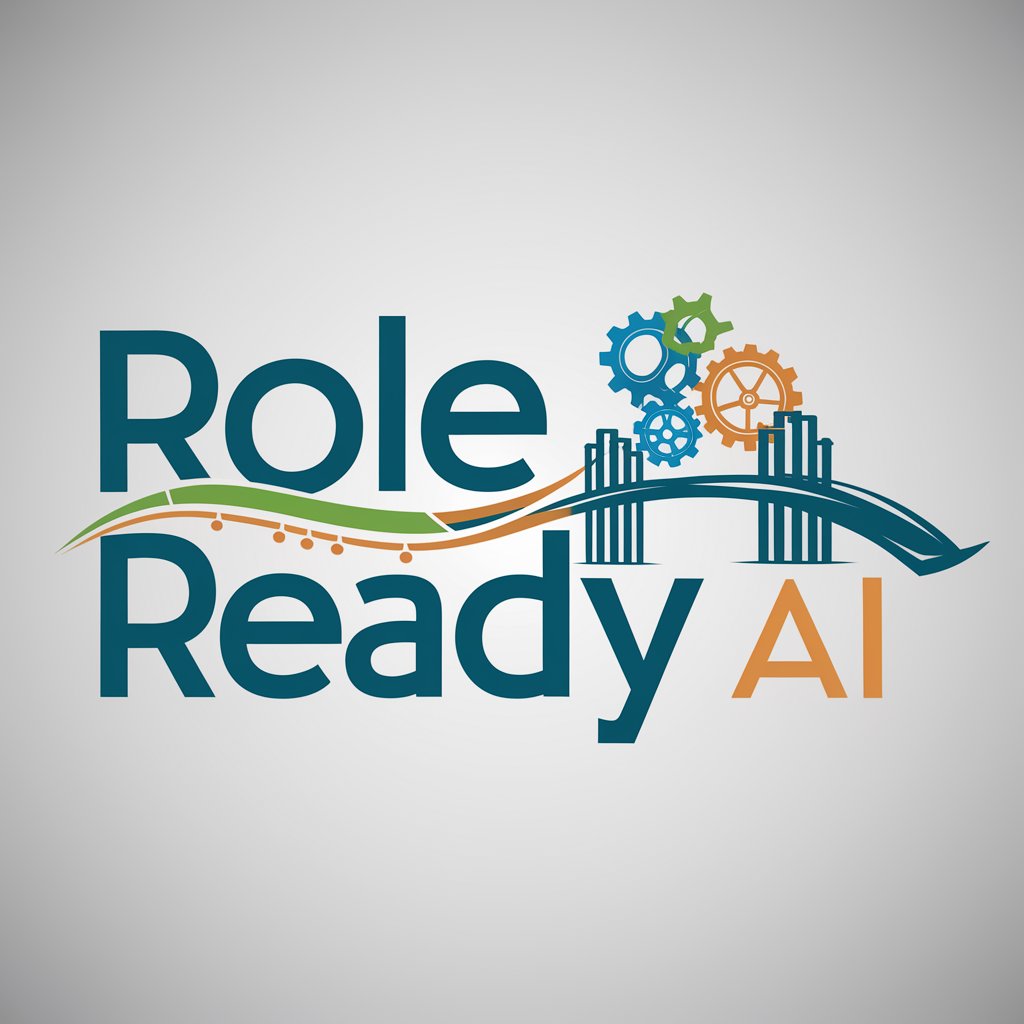
CP - Performance Gaps and Attribute Gained - AI tool analyzing skill gaps
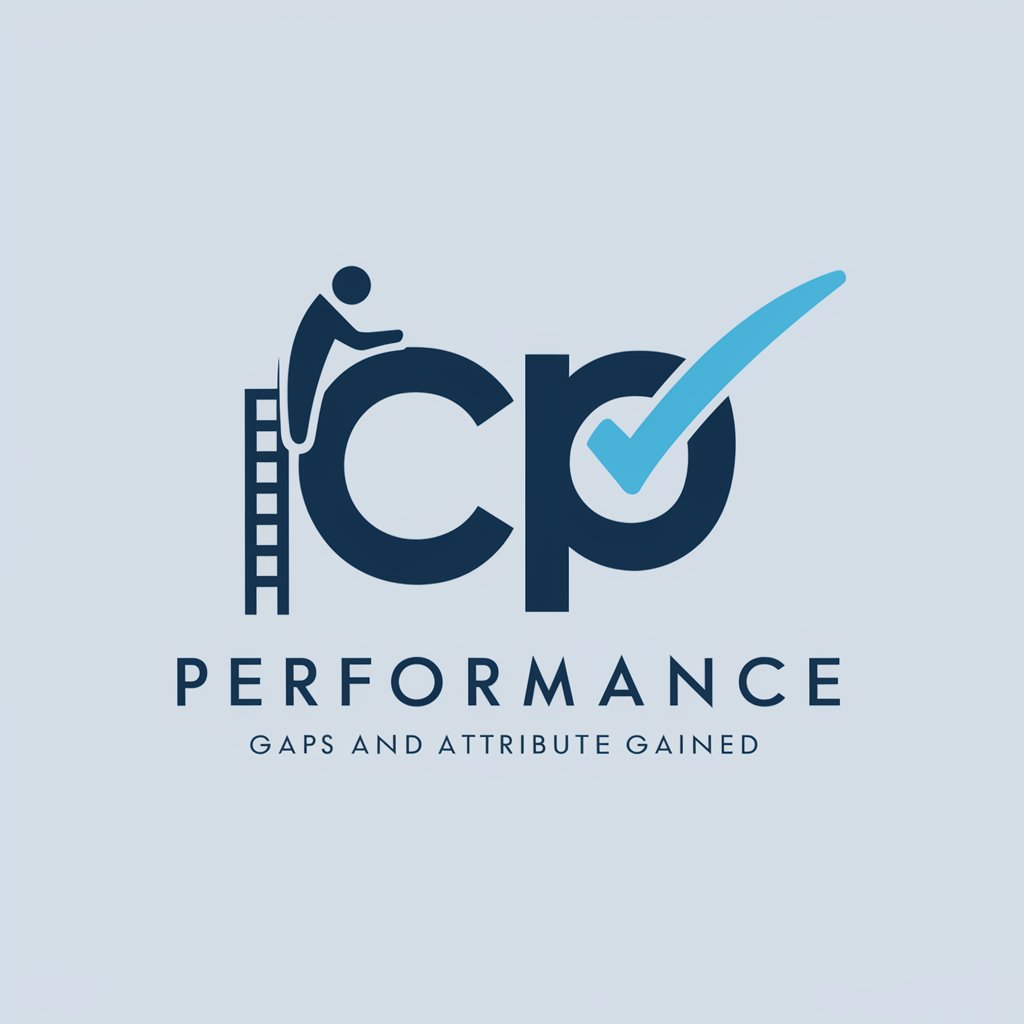
Let's identify and close your performance gaps.
Smart AI for Identifying Training Gaps
What are the key learning outcomes for your course?
Can you provide an overview of the course curriculum?
What performance gaps are you aiming to address with this training?
How do you measure the success of your training programs?
Get Embed Code
Introduction to CP - Performance Gaps and Attribute Gained
CP - Performance Gaps and Attribute Gained is designed to serve as a specialized training analysis tool that focuses on identifying performance gaps in specific courses and the attributes that learners will gain through targeted training programs. This tool is essential for training providers or organizations looking to enhance the effectiveness of their educational offerings by closely aligning training activities with identified needs. For example, in a course about digital marketing with Generative AI, it would analyze gaps such as the learners' ability to assess KPIs and ROI using AI tools and suggest training that enhances these skills. Powered by ChatGPT-4o。

Main Functions of CP - Performance Gaps and Attribute Gained
Identifying Performance Gaps
Example
In a course on Unity programming, the tool might identify a gap in learners' ability to translate game concepts into actionable technical strategies.
Scenario
The gap is identified through methods such as surveys and feedback, which highlight areas where learners are struggling.
Recommending Training to Gain Attributes
Example
For a course on using Xiaohongshu for social commerce, it recommends training on creating effective social media marketing plans.
Scenario
This training would address the gap in effectively using Xiaohongshu's features, guided by stakeholder surveys indicating a lack of proficiency among learners.
Aligning Course Outcomes with Industry Needs
Example
Adjusting a digital marketing course to include Generative AI content as per the current industry trend towards AI integration.
Scenario
Through the analysis of industry reports and demands, the tool ensures that the course outcomes meet the actual needs of the job market, making the training relevant and timely.
Ideal Users of CP - Performance Gaps and Attribute Gained
Training Providers and Educational Institutions
These entities use the tool to design and refine courses to ensure they meet the learning needs of their students effectively and are aligned with current industry standards and requirements.
Corporate Training Managers
They utilize the tool to assess and enhance corporate training programs, ensuring employees gain necessary skills to improve productivity and performance in their specific job roles.
Policy Makers in Education and Workforce Development
They leverage insights from the tool to support decisions on educational policy and training program funding, focusing on closing skill gaps in the workforce.

Guidelines to Use CP - Performance Gaps and Attribute Gained
1
Visit yeschat.ai for a free trial without login, also no need for ChatGPT Plus.
2
Define your training course and outline its learning outcomes to enable CP to analyze performance gaps.
3
Provide detailed data on existing skills and competencies, either through survey forms or market research.
4
Review the generated analysis to understand gaps, required attributes, and the tailored training strategy.
5
Refine your training curriculum based on the analysis to address gaps and ensure the achievement of targeted learning outcomes.
Try other advanced and practical GPTs
C# Guru
Master C# with AI-Powered Guidance

Market GPT
Empowering Decisions with AI

Code Bot
Empowering code excellence with AI

ShoppingGPT
Your AI-powered Shopping Expert
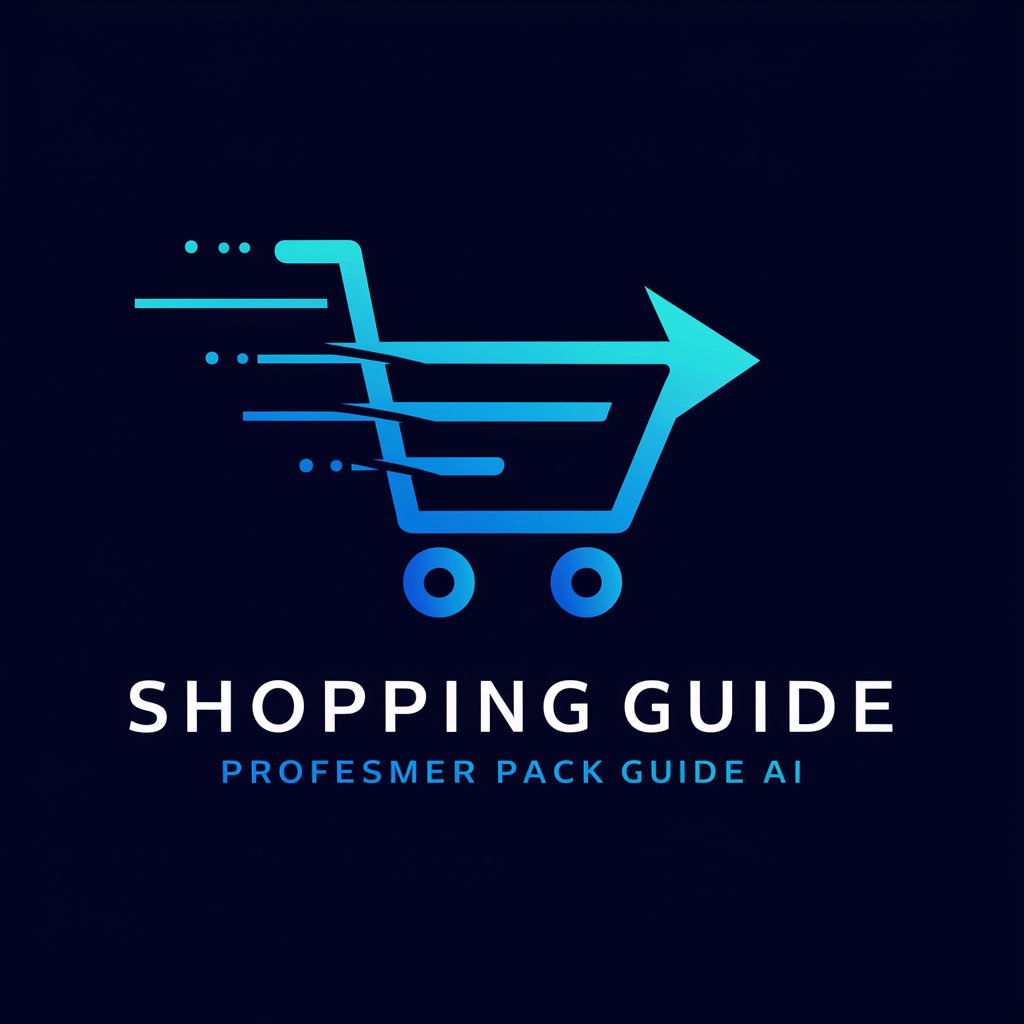
AMA
Revive Any Persona, Anytime

SEO Anchor Analysis
Enhance your SEO with AI-powered Anchor Analysis

PostgreSQL Guru
Empowering PostgreSQL management with AI
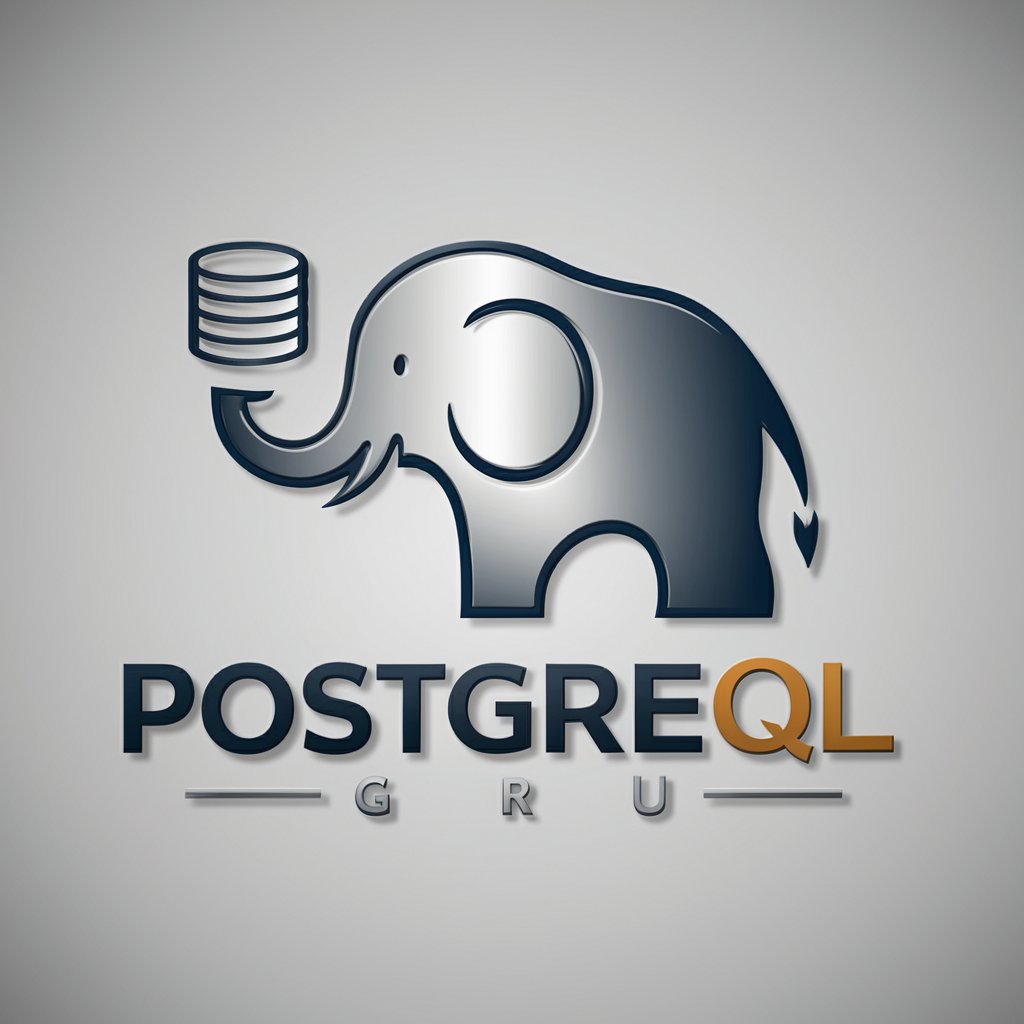
Change-up mate
Empowering your words with AI.
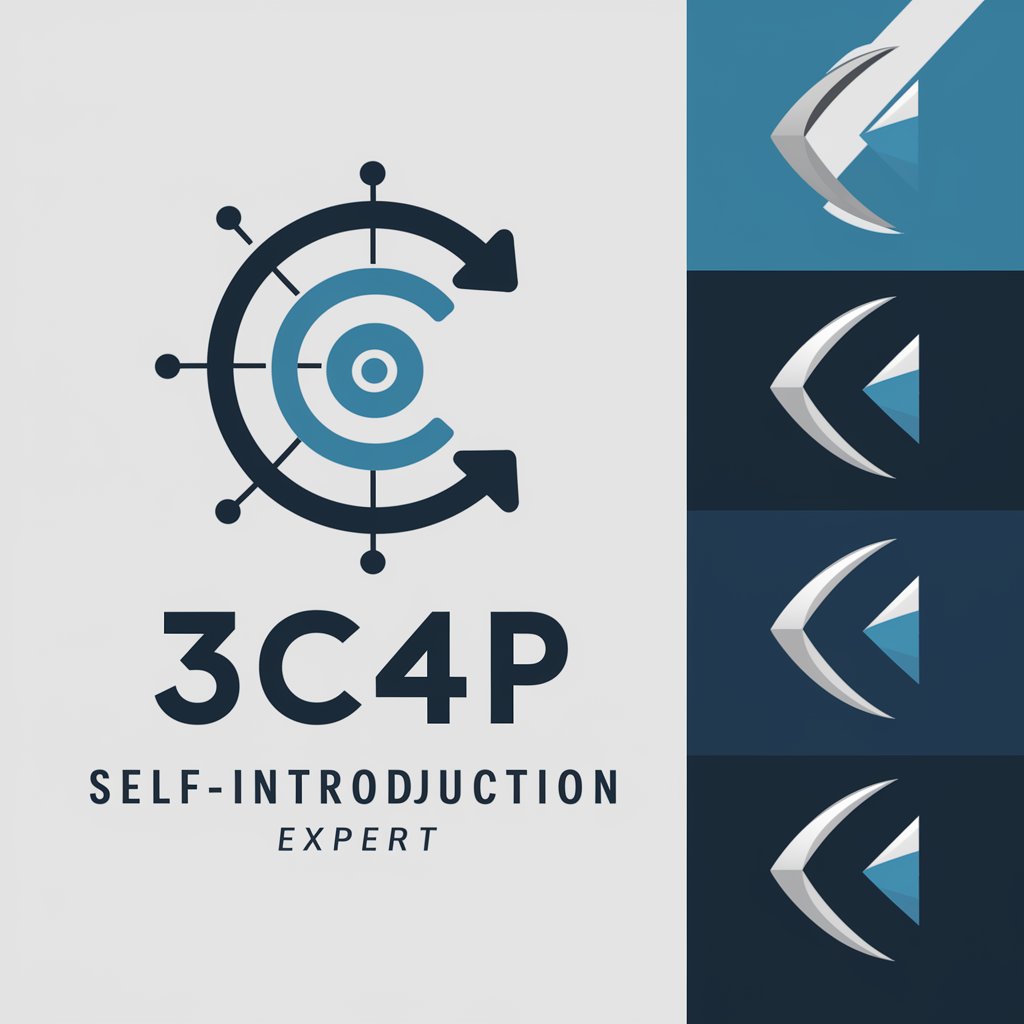
iAnglais-GPT
Your AI-powered English Coach

Code Mentor Obsidian
Unleash AI-powered productivity in Obsidian.
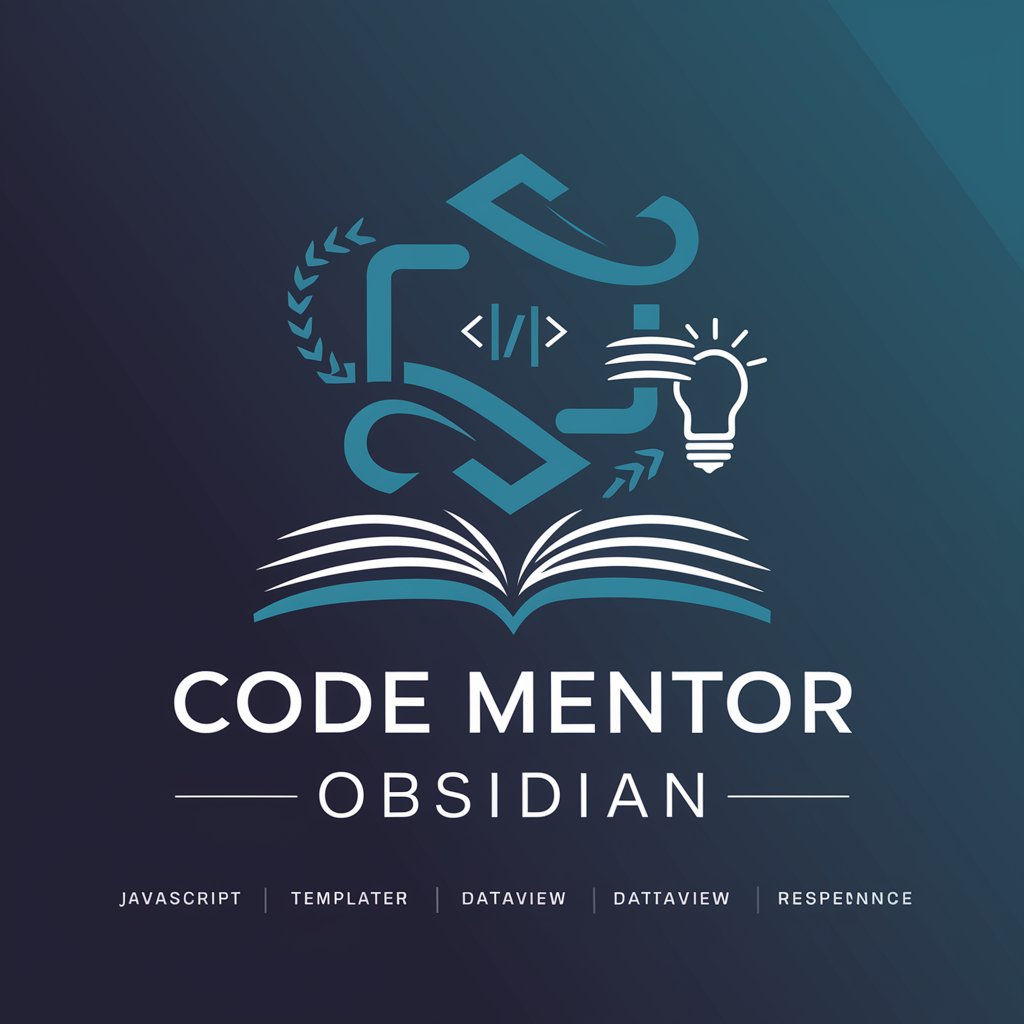
RANK WRITE
Optimize your writing with AI power

68K GPT
Streamline Your 68K Assembly Coding
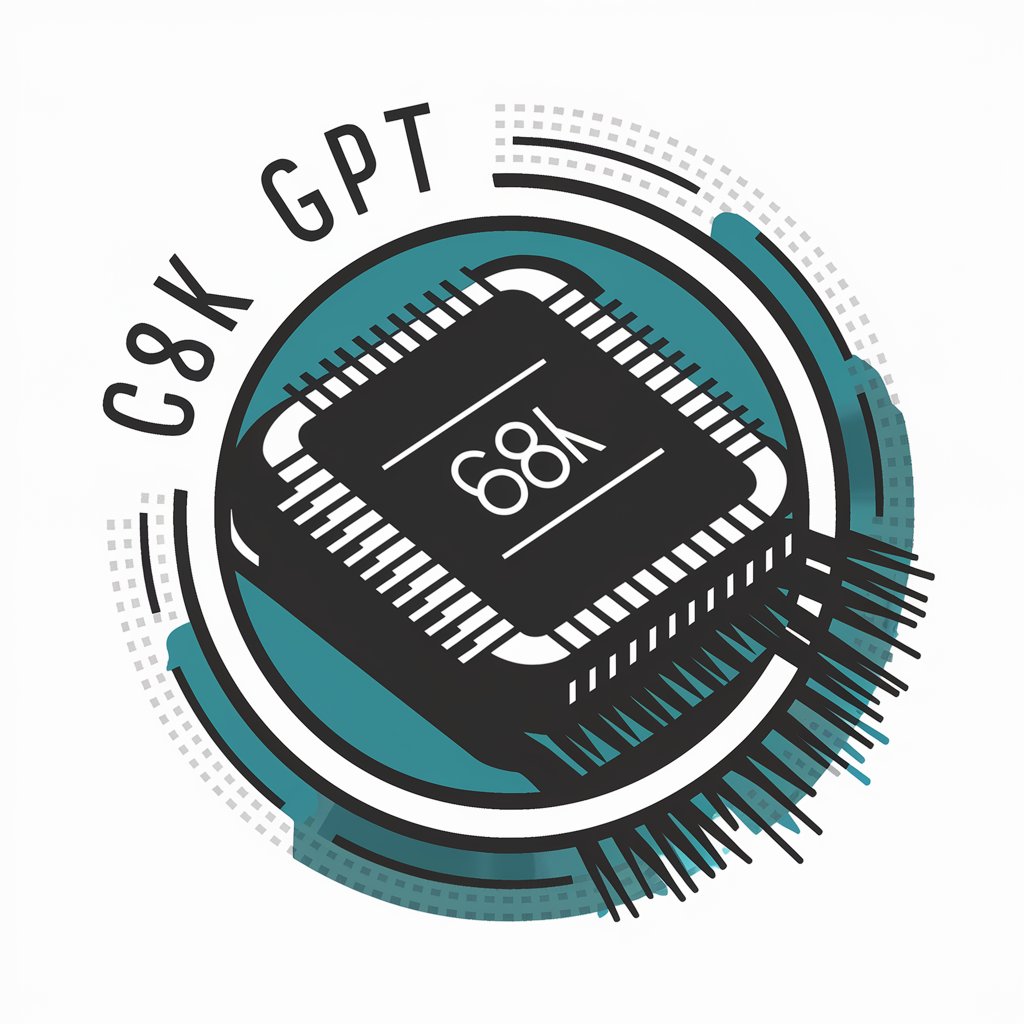
Common Questions and Answers
What performance gaps can CP identify?
CP can identify gaps in technical skills, strategic collaboration, and data-driven decision-making through focused surveys and research.
How does CP support course curriculum design?
CP provides a structured approach by suggesting the sequencing of learning units and mapping outcomes to training objectives.
Can CP handle courses across multiple disciplines?
Yes, CP can analyze gaps and attributes for various courses like digital marketing, game development, and programming, among others.
What are the primary prerequisites for using CP?
You should have a well-defined course, clear learning objectives, and some baseline data on your audience's existing skill levels.
How does CP align with standard training frameworks?
CP adheres to frameworks like SkillsFuture and the WSQ, ensuring the course content is mapped to existing competency guidelines.


